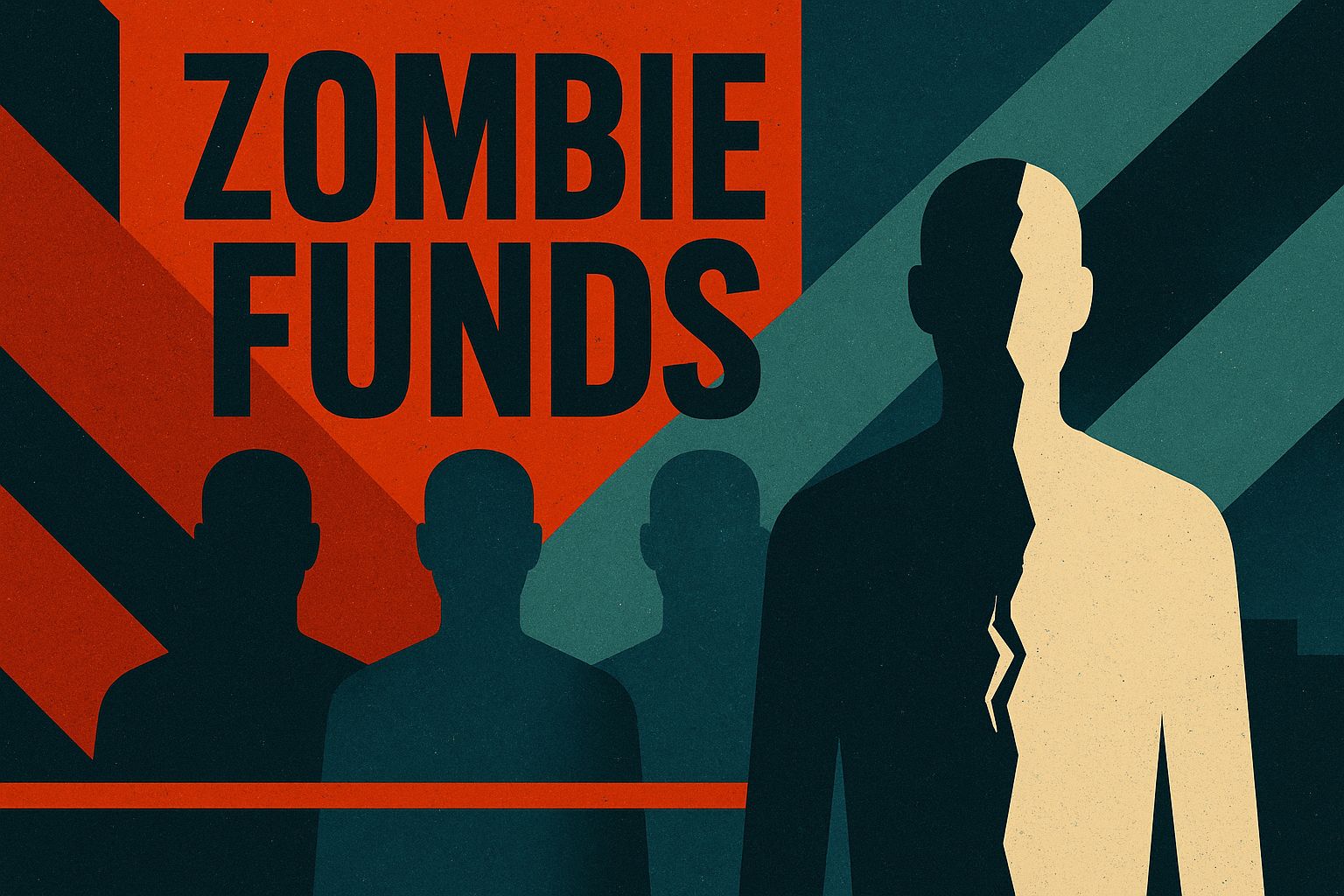Happy Thursday and welcome. Diving into a divisive one today - so if I’m wrong, hit reply - I want to hear your take.
We’ll start with one of my favorite investors of all time, Charlie Munger. He famously said:
"Show me the incentives and I'll show you the outcome."
There's nowhere in private equity where this is more painfully obvious than with zombie funds. And I'm not talking about the dusty, 14-year-old tail-end vehicles. I mean the real LP definition - the one we actually use:
A zombie fund = a GP that fails to raise their next fund, even though the current fund is only 5–6 years old.
The fund still exists.
The GP franchise is on life support.
As an LP, you start noticing the signs long before it becomes official. The "fundraise pushed to next year," and the growing defensiveness in quarterly calls. Eventually, the market stops pretending: this GP is not raising again.
And the moment that happens, everything changes.
Many are predicting more zombie funds. I am not one for bold predictions, but if fundraising continues to be as tough as it is now, more zombie funds is a natural outcome.1. When Carry Dies, Incentives Flip
If you strip private equity to its essentials, it runs on aligned incentives.
But when the GP is no longer raising:
carry becomes irrelevant
the next vintage disappears
long-term upside collapses
And the GP quietly shifts from trying to maximize value to trying to maximize survival.
Survival usually means holding on to portfolio companies for as long as possible, because management fees on invested capital are suddenly the only reliable economics left.
You can feel the behavioral shift almost immediately:
Deals that would've been sold now get "another quarter" - which turns into 12 or 18 months of "fixing a few things and getting it ready for market." Exit conversations become defensive rather than strategic. NAV becomes something to protect rather than something to grow.
It's uncomfortable, but it's rational.
The incentives changed.
In 2022, a mid-market buyout manager failed to raise their next fund. LPs gave them 18 months to liquidate the portfolio. As of November 2025, they still hold ~40% of those companies. We all know, the continuously extended timeline is not due to market conditions - it’s due to the GP doing just enough to not get removed.2. The Slow Bleed: Team Attrition
The next thing that happens is subtle but devastating: the team starts leaving.
Anyone with ambition and career runway wants to be part of a platform with a future. So they move on:
principals with partner potential
the stronger associates
operating talent with options
mid-levels who wanted a carry story
And once the A-players leave, the B-players stop being pushed - and the C-players become invisible.
What remains is usually a smaller, older team trying to keep the wheels on.
No fresh thinking. No stretch ambitions. No real urgency.
The portfolio feels this long before LPs do.
/ Self-promotion
Want to minimize the risk of investing in zombie funds? FundFrame is built by LPs, for LPs, to help you move from spreadsheets to rigorous, repeatable frameworks.

